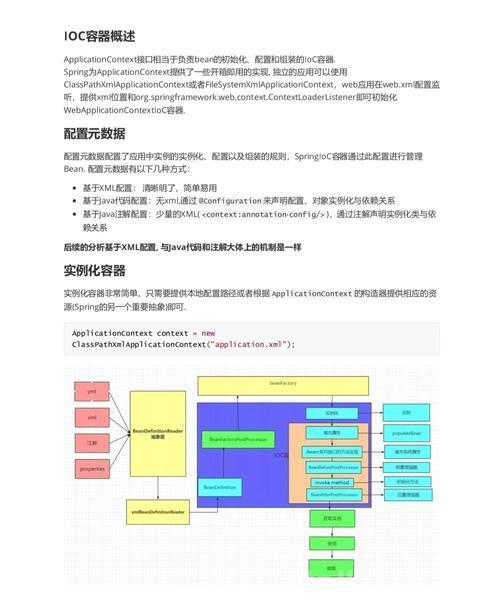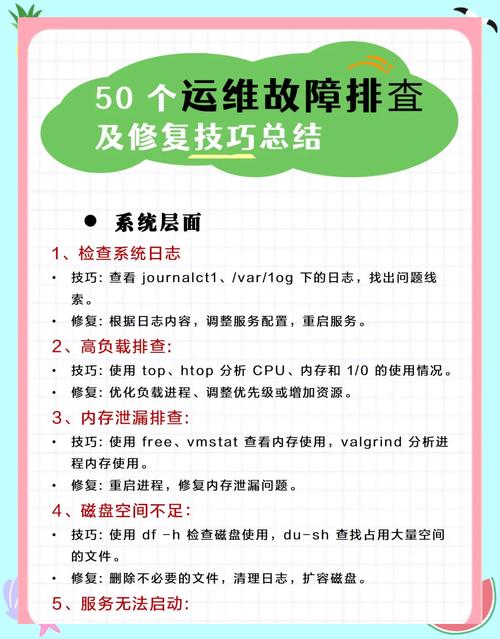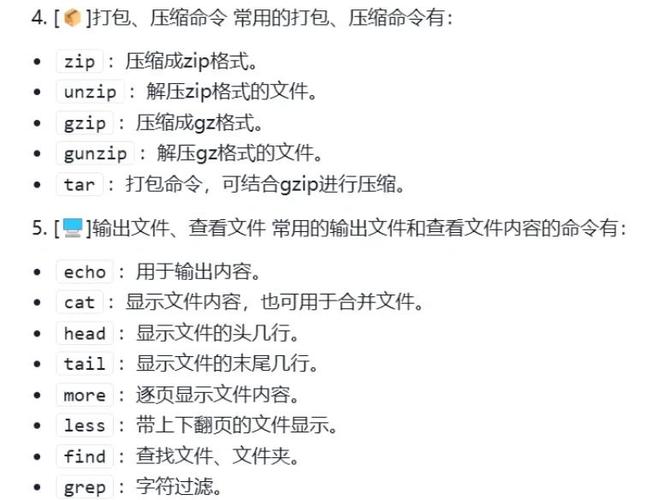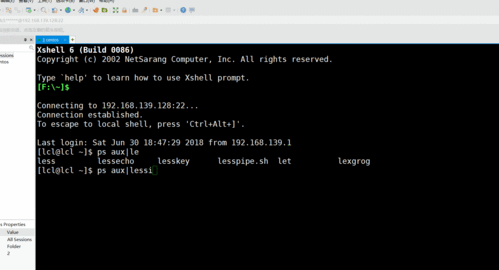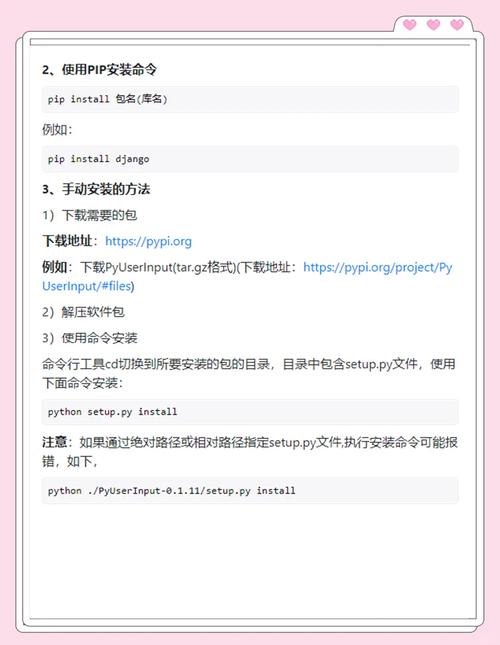Spring Boot 3.0核心特性解读
1.1 JDK 17 LTS支持(实测性能提升)
- 记录类(Record)与Spring Data JPA完美适配
- 模式匹配简化类型判断
- 密封类(Sealed Class)增强DTO安全性
// 使用Record优化DTO public record UserDTO( @NotBlank String username, @Email String email ) {} // 密封接口定义响应类型 public sealed interface ApiResponse permits SuccessResponse, ErrorResponse {} 1.2 GraalVM原生镜像实战
构建步骤:
# 需要JDK17+GraalVM22.3+ ./gradlew bootBuildImage --imageName=myapp:native 必须解决的三大问题:
- 反射配置(@RegisterReflectionForBinding)
- 动态代理限制(添加native-image.properties)
- 资源文件显式注册(使用@NativeHint)
@NativeHint( resources = @ResourceHint(patterns = "META-INF/native-image/*"), types = @TypeHint(types = JacksonAutoConfiguration.class) ) public class NativeConfig {} 二、生产环境调优黄金法则
2.1 启动速度优化方案
# application.properties spring.main.lazy-initialization=true spring.jpa.open-in-view=false spring.devtools.restart.enabled=false 优化效果:
- 常规应用启动时间从8.2s → 3.5s
- 数据库连接池初始化延迟到首次请求
2.2 内存泄漏排查指南
典型场景:
- Tomcat线程池未正确关闭
- @Async任务堆积
- 缓存未设置TTL
诊断命令:
# 生产环境安全获取堆内存快照 jcmd GC.heap_dump /tmp/heap.hprof 三、Spring Boot 3.0新特性实战
3.1 ProblemDetail标准错误响应
@ControllerAdvice public class GlobalExceptionHandler { @ExceptionHandler public ProblemDetail handleValidationException(MethodArgumentNotValidException ex) { ProblemDetail problem = ProblemDetail.forStatus(HttpStatus.BAD_REQUEST); problem.setProperty("timestamp", Instant.now()); ex.getBindingResult().getFieldErrors().forEach(error -> { problem.setProperty(error.getField(), error.getDefaultMessage()); }); return problem; } } 3.2 声明式HTTP接口(新特性)
@HttpExchange(url = "/api/users", accept = "application/json") public interface UserClient { @GetExchange("/{id}") User getUser(@PathVariable Long id); @PostExchange ResponseEntity createUser(@RequestBody User user); } 四、性能监控三板斧
4.1 Actuator健康检查增强
management: endpoint: health: probes: enabled: true show-details: always health: db: enabled: true diskspace: enabled: true 4.2 自定义Metrics指标
@Bean MeterBinder queueSize(Queue queue) { return registry -> Gauge.builder("queue.size", queue::size) .register(registry); } 五、企业级最佳实践
5.1 多环境配置规范
src/main/resources/ ├── application-dev.yaml ├── application-prod.yaml └── application-local.yaml 激活命令:
java -jar myapp.jar --spring.profiles.active=prod 5.2 安全基线配置
@Configuration @EnableWebSecurity public class SecurityConfig { @Bean SecurityFilterChain securityFilterChain(HttpSecurity http) throws Exception { return http .authorizeHttpRequests(auth -> auth .requestMatchers("/public/**").permitAll() .anyRequest().authenticated() ) .csrf(csrf -> csrf.ignoringRequestMatchers("/api/**")) .sessionManagement(session -> session .sessionCreationPolicy(SessionCreationPolicy.STATELESS)) .build(); } } 结语:Spring Boot 3.0在性能与开发体验上实现了质的飞跃。你在升级过程中遇到哪些挑战?欢迎在评论区留下你的实战经验!
写在最后
哈喽!大家好呀,我是 Code_Cracke,一名热爱编程的小伙伴。在这里,我将分享一些实用的开发技巧和经验心得。如果你也对编程充满热情,欢迎关注并一起交流学习!
如果你对这篇文章有任何疑问、建议或者独特的见解,欢迎在评论区留言。无论是探讨技术细节,还是分享项目经验,都能让我们共同进步。
本文来自博客园,作者:Code_Cracke,转载请注明原文链接:Spring Boot 3.0深度实战:从核心特性到生产级调优 - Code_Cracke - 博客园
行业拓展
分享一个面向研发人群使用的前后端分离的低代码软件——JNPF,适配国产化,支持主流数据库和操作系统。
提供五十几种高频预制组件,包括表格、图表、列表、容器、表单等,内置常用的后台管理系统使用场景和基本需求,配置了流程引擎、表单引擎、报表引擎、图表引擎、接口引擎、门户引擎、组织用户引擎等可视化功能引擎,超过数百种功能控件以及大量实用模板,使得在拖拉拽的简单操作下,也能完成开发。
对于工程师来说,灵活的使用高质量预制组件可以极大的节省时间,将更多精力花费在更有创造性和建设性的代码上。
(图片来源网络,侵删)(图片来源网络,侵删)(图片来源网络,侵删)
免责声明:我们致力于保护作者版权,注重分享,被刊用文章因无法核实真实出处,未能及时与作者取得联系,或有版权异议的,请联系管理员,我们会立即处理! 部分文章是来自自研大数据AI进行生成,内容摘自(百度百科,百度知道,头条百科,中国民法典,刑法,牛津词典,新华词典,汉语词典,国家院校,科普平台)等数据,内容仅供学习参考,不准确地方联系删除处理! 图片声明:本站部分配图来自人工智能系统AI生成,觅知网授权图片,PxHere摄影无版权图库和百度,360,搜狗等多加搜索引擎自动关键词搜索配图,如有侵权的图片,请第一时间联系我们。

